Fast Charging vs Slow Charging
Fast charging and slow charging are two distinct approaches to replenishing the battery of electric vehicles (EVs) or other battery-powered devices. Each method has its advantages and considerations, and the choice between them depends on specific use cases and engineering priorities.
1. Charging Speed:
Fast Charging:
Fast charging is characterized by a higher charging speed, delivering a significant amount of electrical power to the battery in a shorter period. This is particularly advantageous for users who need a quick charge to resume their journey promptly.
Slow Charging:
Slow charging, on the other hand, involves a lower charging speed, taking a longer duration to recharge the battery fully. It is often employed in situations where time is not a critical factor, such as overnight charging at home.
2. Battery Health and Longevity:
Fast Charging:
While fast charging provides convenience, frequent use of high charging currents can generate more heat in the battery. This thermal stress may affect the long-term health of the battery and lead to a faster degradation of its capacity over time.
Slow Charging:
Slow charging tends to generate less heat during the charging process, contributing to a gentler and more battery-friendly charging experience. This can result in a longer overall battery life and sustained capacity.
3. Infrastructure and Cost:
Fast Charging:
Implementing fast charging infrastructure requires more robust components and higher upfront costs. However, it is crucial for public charging stations, highway charging networks, and other scenarios where quick charging is essential.
Slow Charging:
Slow charging infrastructure is generally more cost-effective and straightforward to deploy, making it well-suited for residential charging stations and locations where extended charging times are acceptable.
4. User Convenience:
Fast Charging:
Fast charging is ideal for users who prioritize convenience and need to quickly recharge their EVs during breaks or short stops. It is essential for promoting the widespread adoption of electric vehicles, especially for those concerned about range anxiety.
Slow Charging:
Slow charging is most convenient for users who can afford longer charging times, such as overnight charging at home. It offers a more relaxed and gradual approach to recharging, which may be sufficient for daily commuting needs.
Conclusion:
The choice between fast charging and slow charging involves a careful consideration of factors such as battery health, infrastructure requirements, cost, and user convenience. Engineers need to assess the specific needs of the application or charging location to determine the most appropriate charging speed. A balanced approach that incorporates both fast and slow charging options in diverse settings can contribute to a comprehensive and user-friendly charging ecosystem for electric vehicles.
Shenzhen Sympres Technology Co. Ltd
a leading supplier of innovative and reliable EV chargers and wallbox chargers
www.symplug.com
Whatsapp: +8613537523979
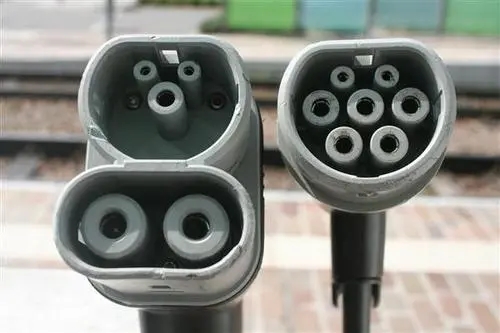

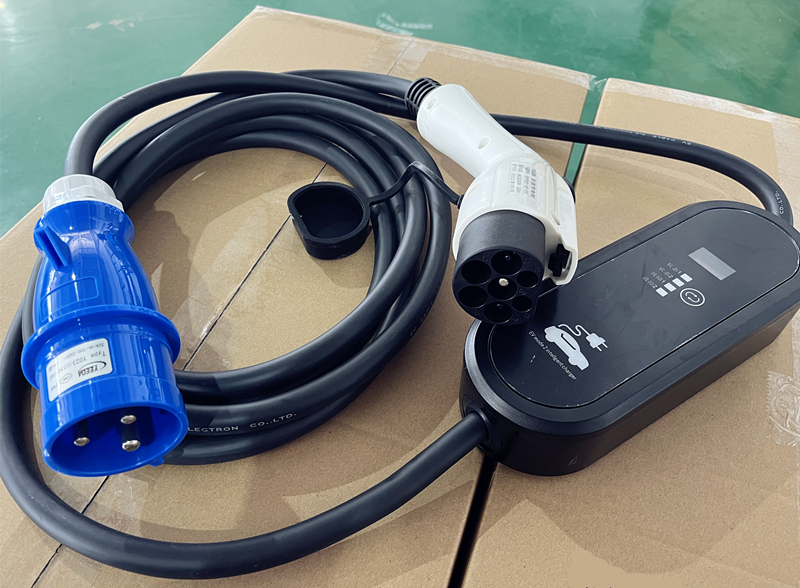

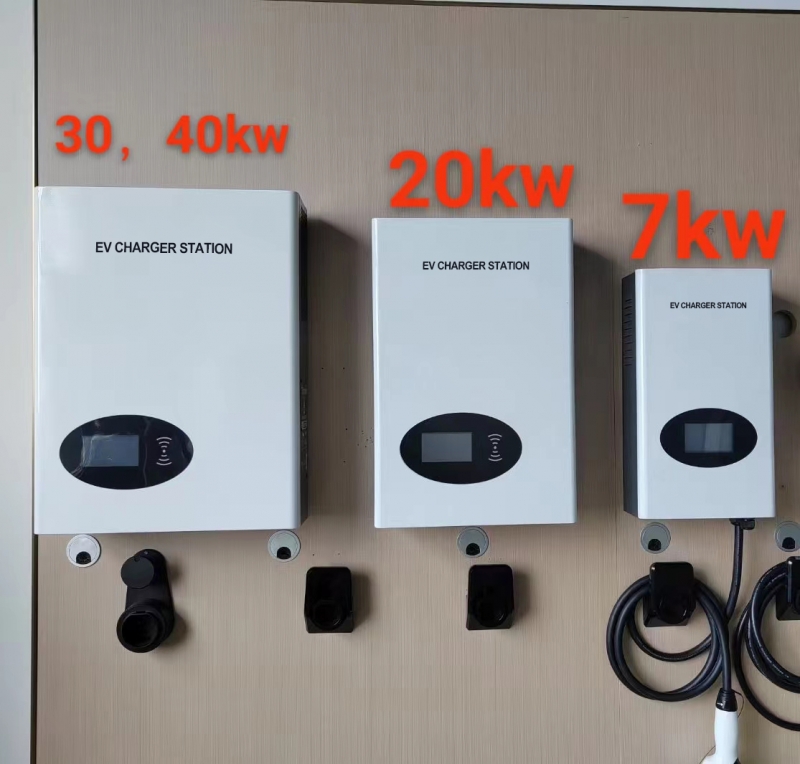
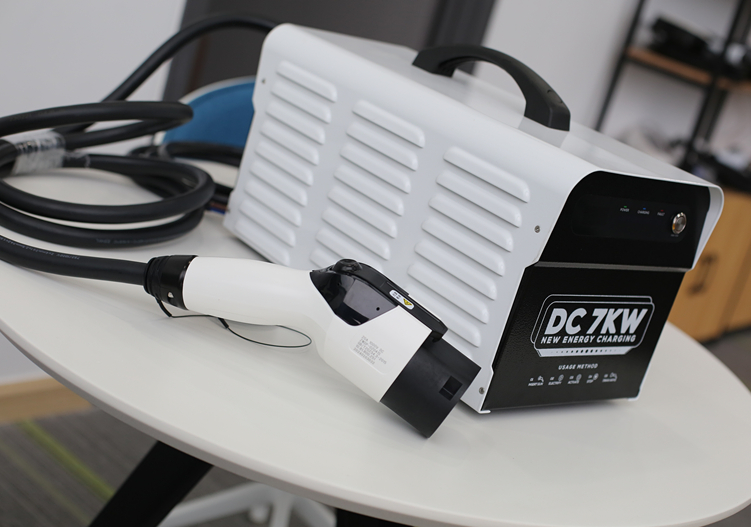
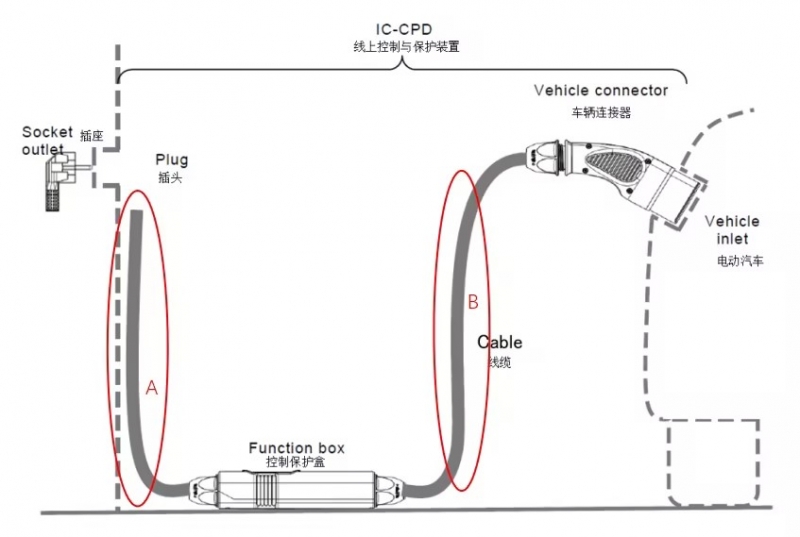

 Send Email
Send Email Jane_ev
Jane_ev